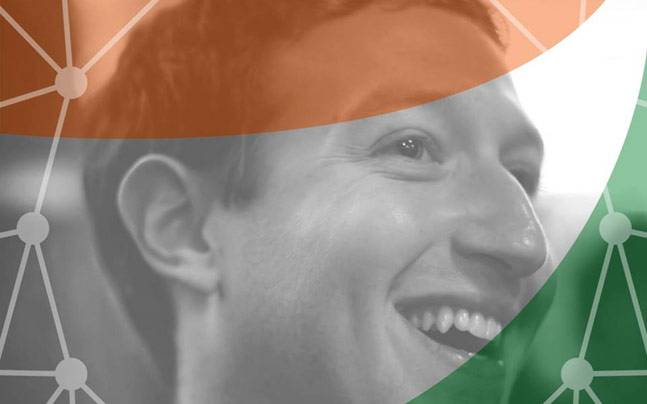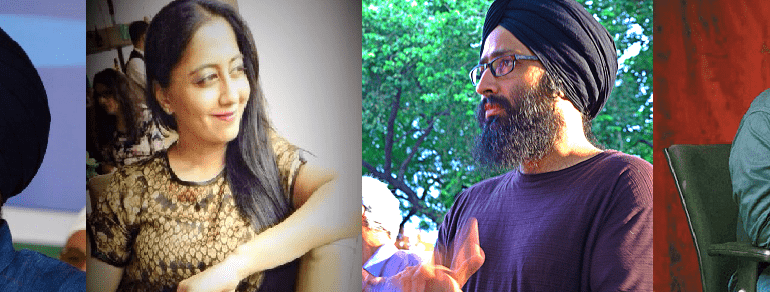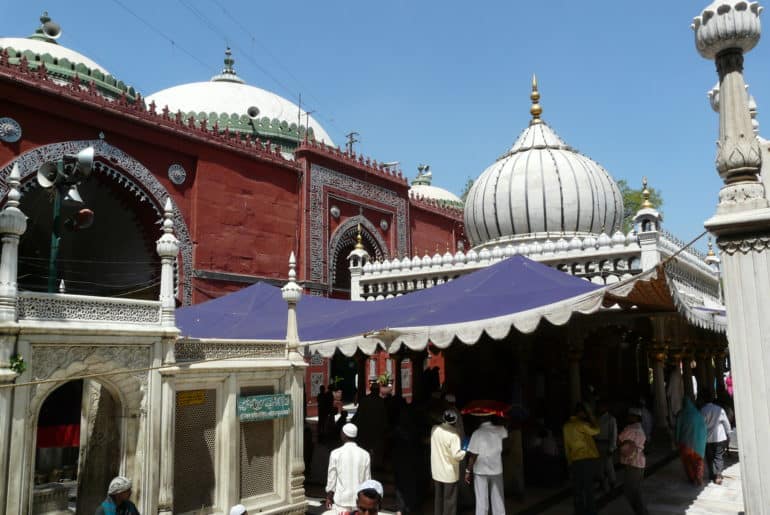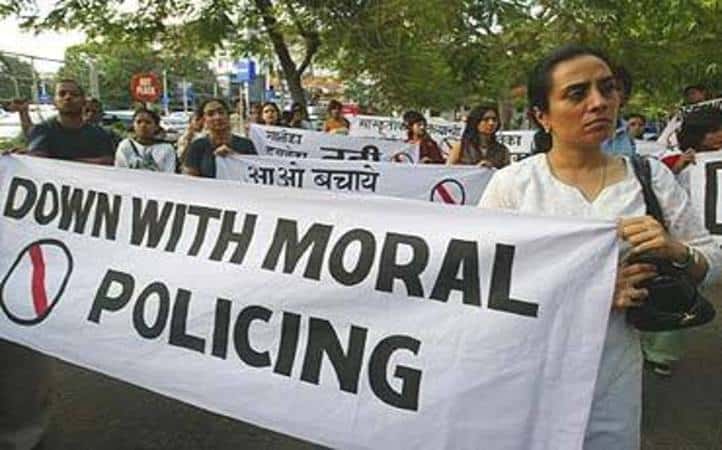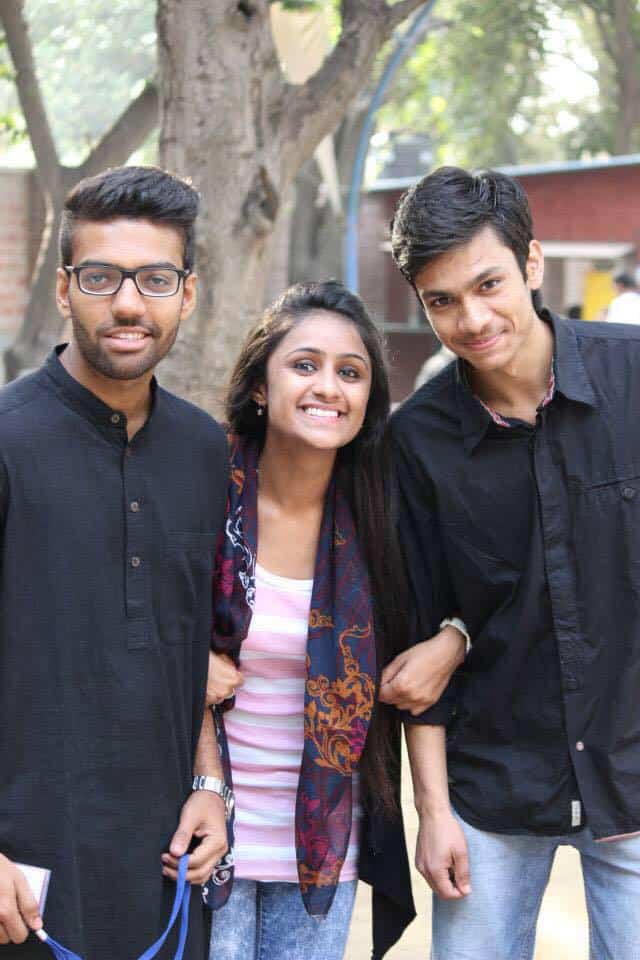For the past few days, internet space in India has turned volatile – with debates, Facebook display pictures and Mark Zuckerberg’s posts. So what really happened to have led to this? Last week, PM Narendra Modi met with a number of top organisation leaders in USA, these included Sundar Pichai, CEO, Google; Tim Cook, CEO, Apple and most importantly, Mark Zuckerberg, CEO, Facebook. The underlying agenda being to gather support for the Digital India campaign by the Government of India.
Now Mark Zuckerberg went on to show his support for Digital India and linked it to his own project- Internet.org (or Free Basics).
What is Internet.org?
Internet.org or Free Basics is a service which aims to connect regions which have less penetration of internet, reasons for which include lack of infrastructure and high internet tariffs. Internet.org however will only provide access to a certain section of internet which includes services by Facebook, Ericsson, MediaTek, Opera, Samsung and Nokia.
What about Digital India?
The Digital India initiative seeks to lay emphasis on e-governance and transform India into a digitally empowered society, and this particularly includes connecting Rural India to the internet. It also aims on IT training of rural population, setting up BTOs in North-East India among a lot many things.
Then what in the world is the problem?
The existence of Internet.org is a violation of Net Neutrality i.e. the principle that Internet Service Providers should enable access to all content and applications regardless of the source, and without favouring or blocking particular products or websites.
Services of some websites like Facebook may be free for a person in a remote village in Chattisgarh, but access to the rest of the internet is not free. Facebook will also keep all his data, monitor his activity and temporarily store his data in unencrypted form. Not only is this a massive privacy violation, but a security threat as well.
To him, the internet will be confined to Facebook and 6 other services. So these websites will become the unprecedented faces of the internet. The telecom brands which team up to provide these services will have a chance to expand simultaneously. So, is this a huge business agenda behind something that poses to be the welfare of people? Seems like it.
As Manu Joseph writes in New York Times, “The goal of Internet.org is to bring cheap Internet to all, as long as they use Facebook.”
Digital India, although will provide you digital services, but will simultaneously find ways for the government to monitor your activity. Again, a case of violation of privacy. Talking about free access of Internet to all Indians, remember internet blackouts in Ahmedabad, Kashmir and Manipur?
Since Mr. Modi and Zuckerberg have, with quite fanfare, declared collaboration between Digital India and Internet.org, the recipe seems like a disaster waiting to happen. Of course, not everything can be commented on as of now; we’ll have to wait how Ministry of Telecom lays out the plans and policies. However, the fact that Net Neutrality is being violated by both the campaigns is a fact that cannot be challenged anymore.

